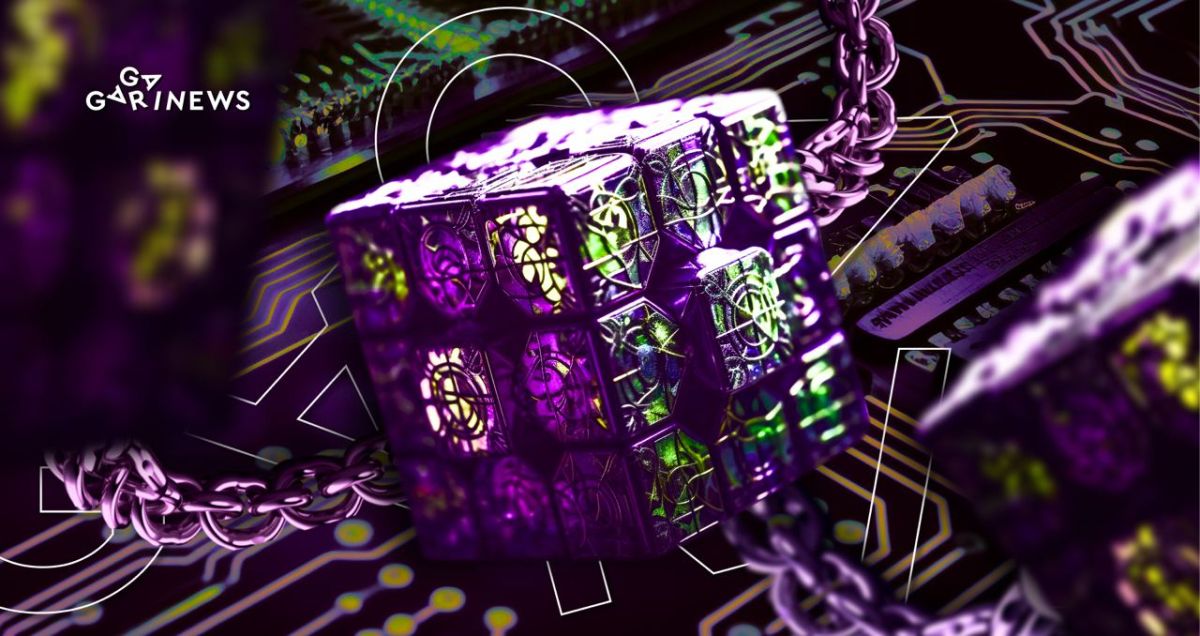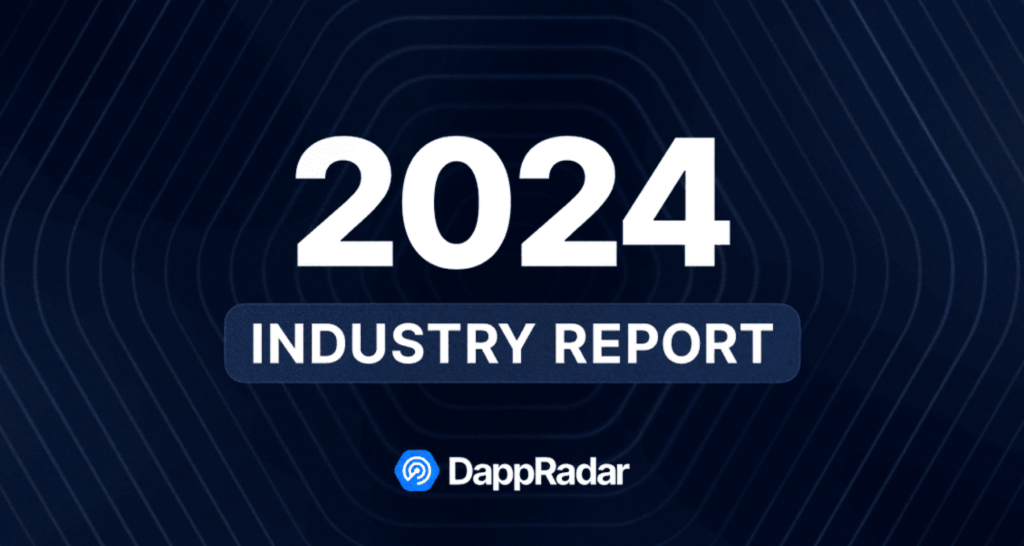Kaspa (KAS): The World’s First BlockDAG

Bitcoin sparked a financial revolution and bestowed upon the crypto community the potential to enhance its blueprint. This belief drives the developers at Kaspa, who have crafted a network that transcends the constraints of the Bitcoin protocol while staying true to the same principles.
On this page
Kaspa is the world’s pioneering blockDAG. It fuses two potent technologies – blockchain and Directed Acyclic Graph (DAG) – to enable swift transaction processing and verification, superior scalability, and the seamless coexistence of parallel blocks.
The BlockDAG was rolled out in November 2021. Translated from Aramaic, the name of the project signifies ‘silver' or ‘money'. Alongside BTC, the Kaspa team is also guided by the tenets of Litecoin and Monero.
Here are the technical features of Kaspa:
- Block generation: 1 block per second, with plans to increase to 32 blocks per second, and eventually 100 blocks per second.
- Confirmation time: 10 seconds.
- Consensus algorithm: Proof-of-Work.
- Supported by Windows, OSX, Linux, and Raspberry Pi operating systems.
- Cryptocurrency wallet: Kaspa Web Wallet.
- Software: KDX Process Manager, which automatically installs and configures a full node of the Kaspa network and the Kaspa Wallet.
GhostDAG, the protocol underpinning the ledger, also garners mention in Ethereum's technical documentation. It serves as a scalable extension of the Bitcoin consensus outlined in the cryptocurrency's white paper. Additionally, this protocol addresses the blockchain trilemma by converting the chain of blocks into a Directed Acyclic Graph.
Kaspa has been engineered to prevent security system bottlenecks and to enhance network infrastructure for optimal throughput.
Unlike traditional blockchains, blockDAG permits parallel block creation, organizing them via consensus. This activity can be monitored in real-time on Kaspa's website.
BlockDAG visualizer. Source — kgi.kaspad.net
The distributed ledger of Kaspa includes a vast array of features and auxiliary protocols, such as DAG topology requests, block data compression, SPV proofs, and support for L2 blockchains.
In 2023, the Kaspa team is working on an advanced protocol, DAGKNIGHT, testing out a mobile wallet. They also have plans to incorporate smart contracts in the future.
About KAS Tokenomics and Mining
The KAS cryptocurrency was launched devoid of pre-mining, public sales, or any form of distribution. Kaspa operates as a fully decentralized project with open-source code.
The total supply of the cryptocurrency is limited to 28.7 billion coins. By the end of the second quarter in 2023, 19.26 billion coins were in circulation. Kaspa's market capitalization stands at $519.1 million.
KAS is programmed to halve once a year across all mining operations, with a steady monthly reduction rate.
- The reward for adding a single block is 207.65 KAS.
- The hash rate is 1172.8 TH/s.
- Mining software includes Lolminer, Bzminer, Srbminer, Team Red Miner, KaspaMiner, and Gminer.
- Mining pools are Aсс-Pool, 2 Miners, Kaspa-Pool, and Herominers, among others.
- The hardware used ranges from GPU, FPGA, and as of May 2023, ASIC.
- The hash algorithm used is kHeavyHash.
Thanks to its hybrid blockchain and DAG architecture, mining in the Kaspa network promises greater efficiency and decentralization. Therefore, even with relatively low hash rates, solo mining of KAS is a possibility.
Who Founded the Project?
Kaspa and its blockDAG technology were created by Dr. Yonatan Sompolinsky, the inventor of the GhostDAG protocol.
Jonathan has held a strong reputation in the academic cryptocurrency community since 2013. It was then, alongside a colleague, that he began developing the protocol which would later form the backbone of the Kaspa network.
Sompolinsky is a professor at Harvard University, where he is engaged in exploring ways to maximize profits for validators (MEV) and studying transaction ordering protocols.
The content on The Coinomist is for informational purposes only and should not be interpreted as financial advice. While we strive to provide accurate and up-to-date information, we do not guarantee the accuracy, completeness, or reliability of any content. Neither we accept liability for any errors or omissions in the information provided or for any financial losses incurred as a result of relying on this information. Actions based on this content are at your own risk. Always do your own research and consult a professional. See our Terms, Privacy Policy, and Disclaimers for more details.



























